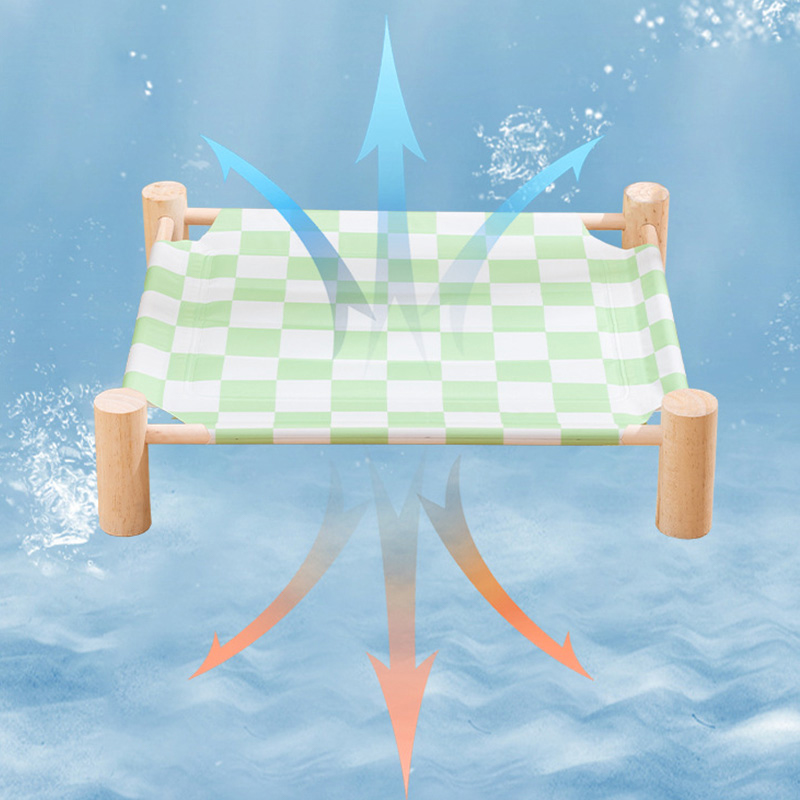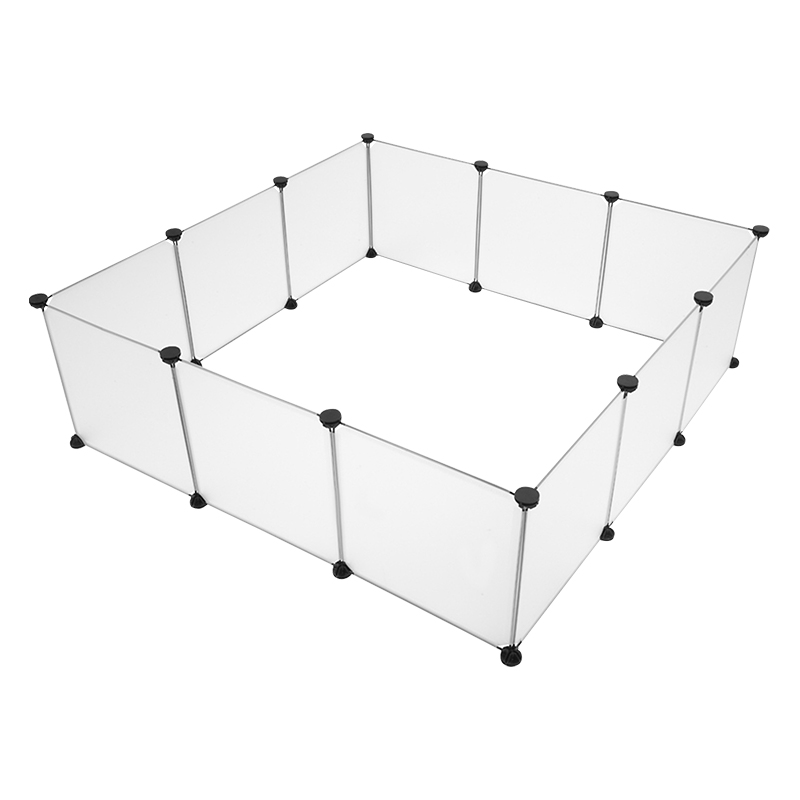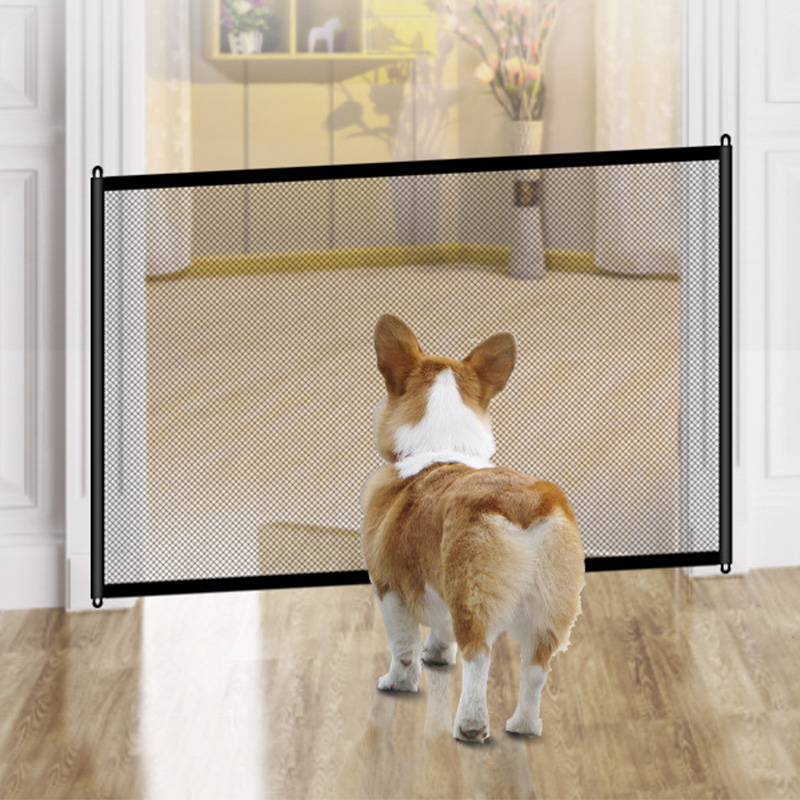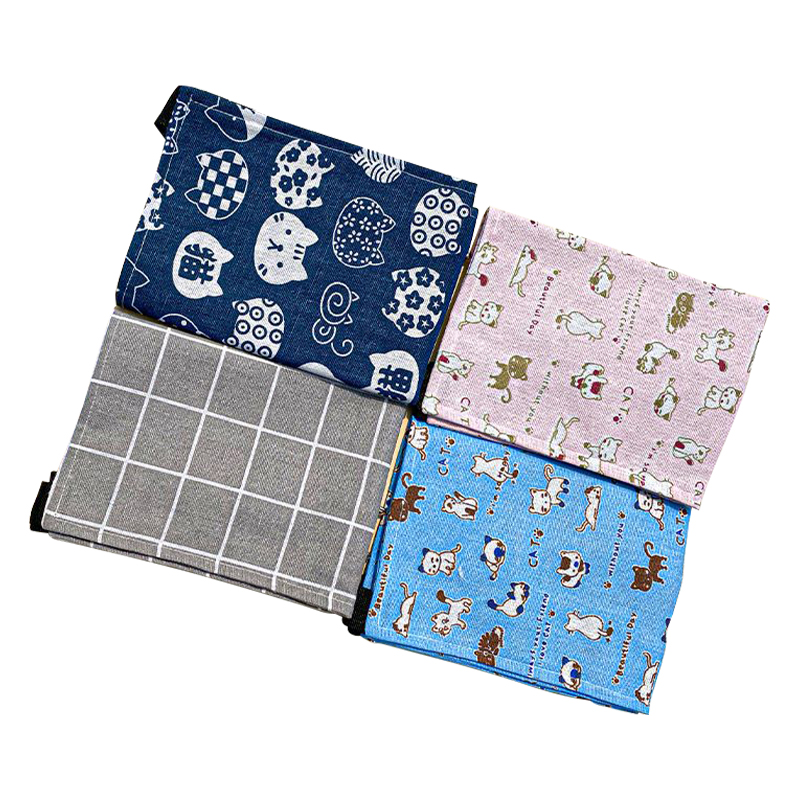Comfort for our pets is a multifaceted concept, often visualized as a soft, plush nest. However, for many animals, particularly those in warm climates or those with specific physical considerations, factors like airflow and joint support are equally, if not more, important. The elevated, taut design of the Pet Military Bed invites a closer look at how its form contributes to functional comfort, prompting a reevaluation of what makes a truly restful spot for a dog.

Re-evaluating What Makes a Restful Spot for Pets
A dog's comfort is deeply influenced by its environment and physical condition. During warmer months, or in consistently hot climates, a soft, deeply padded bed can trap body heat, causing a dog to overheat. Animals may abandon a warm bed in search of a cooler spot on a tile or wooden floor, defeating the purpose of having a dedicated bed. Furthermore, for large breed dogs, whose weight can put significant pressure on their joints, and for senior pets who may suffer from arthritis or hip dysplasia, the type of surface they sleep on can impact their mobility and comfort. A surface that is too soft can fail to provide adequate support, making it difficult for them to rise and potentially exacerbating joint issues. Therefore, comfort extends beyond immediate softness to include temperature regulation and orthopedic health, suggesting that different designs may be suitable for different pets and situations.
The Functional Aspects of an Elevated Sleeping Surface
The Pet Military Bed's primary comfort features are derived from its elevated, suspended design. The most immediate benefit is enhanced airflow. By raising the sleeping surface off the ground, air can circulate freely on all sides of the pet, including underneath. This circulation helps to dissipate body heat, preventing it from building up around the animal. For dogs with thick double coats, such as Chow Chows or Alaskan Malamutes, this can make the difference between a bed they use and one they avoid during warm weather. It provides a sleeping area that remains closer to ambient temperature, offering a cooler resting place.
The support offered by the taut fabric surface is another functional aspect. Unlike a soft mattress that can sag under weight, the stretched fabric provides a consistent, even plane. This can help distribute a dog's weight more uniformly, avoiding pressure points on the elbows, hips, and shoulders. For older dogs or those with existing joint concerns, this firm, stable surface can make it easier to get up and lie down, as their feet and legs don't sink into or get caught in soft, yielding material. The bed's height is a consideration here; it is typically high enough to aid movement but low enough for easy access. This combination of cooling and supportive properties defines its approach to comfort, which is active and structural rather than passive and plush.
Situations and Breeds That Might Find This Design Suitable
This design approach to comfort suggests it may be a good match for specific types of dogs and living situations. Breeds that originate from cold climates and have dense undercoats are often prone to overheating indoors; the Pet Military Bed can offer them a refuge. Similarly, giant breeds like Great Danes or St. Bernards, whose sheer size puts considerable strain on their frames, may find the supportive surface beneficial for their joints.
Beyond breed, the bed's features are relevant for the individual pet's life stage and health. A senior dog that struggles with stiffness may find the firm surface easier to manage than a deep, plush bed. In homes with radiant floor heating, an elevated bed can prevent a pet from becoming overheated by the direct warmth from the floor. Similarly, in damp environments like a garage or a screened porch, the raised design keeps the pet away from cool, potentially moist ground, adding another layer of comfort and protection. It serves as a versatile option for owners who are considering the physical well-being of their pet in the context of their specific environment.
The Pet Military Bed presents a perspective on pet comfort that prioritizes physiological needs. Its design, focused on airflow and structural support, offers a distinct alternative to traditional padded beds. For pet owners whose primary concern is temperature regulation for a thick-coated dog or joint support for a large or aging animal, this style of bed provides a functional solution that addresses comfort through its fundamental architecture, contributing to a pet's overall well-being.











